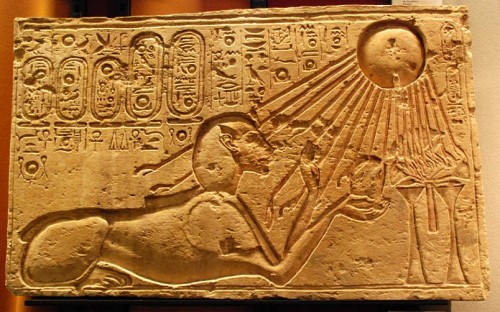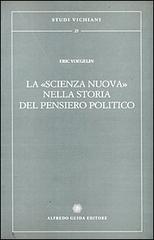Jean Parvulesco is not exactly a household name in the West. All of his books remain untranslated from French, in no small part due to the complex, idiosyncratic prose style they contain. Parvulesco is a living mystery of European literature. Mystic, poet, novelist, literary critic, connoisseur of political intrigue, revolutionary, friend and confidant of many European celebrities of the latter half of the twentieth century (from Ezra Pound and Julius Evola to Raymond Abellio and Arno Breker), his true personality remains a mystery. A Romanian who fled to the West in the 1940’s, he became one of the most brilliant French stylists in contemporary prose and poetry. But no matter how different were his works, from tantric stanzas and complex occult novels to biographies of eminent friends (in particular “Red Sun of Raymond Abellio”), his real calling was – “visionary,” direct and inspired contemplator of spiritual spheres, opened to the chosen behind the sullen and trivial appearance of contemporary profane world.
At the same time, Parvulesco does not have anything in common with vulgar representatives of contemporary “neomysticism” and all of its false offshoots. Parvulesco’s vision is gloomy and tragic: he has absolutely no illusions concerning the hellish, infernal nature of the contemporary world (in this sense, he is most likely a traditionalist). He is completelety alien to the infantile optimism of theosophers and occultists, and pseudomystical “goggles” of the New Age. But unlike many traditionalists with an “academic” temperament, he does not limit himself to sceptical preaching about the “crisis of the modern world” and empty-worded, marginal condemnation of materialist civilization of the end of Kali Yuga.
Jean Parvulesco’s texts are filled with the Sacral, which speaks directly through a dream-like, almost prophetic level of strange revelation, “visitation,” breaking out to higher spheres through the dark energies which are the norm in today’s collective psyche. Parvulesco is an authentic visionary, deep enough and ideologically prepared, not to accept the first phantoms of subtle reality to come across, for “messengers of light,” but at the same time straining to the limit his intuition in a dangerous and risky “voyage inwards,” to the “center of the Black Lake” of modern soul, without fear of going beyond norms fixed by rational dogmatics (here originate the multi-level paradoxes that fill Parvulesco’s books).
Parvulesco’s message can be defined in this way: “The Sacral has disappeared from daily reality of the modern world, and it is completely obvious that we live in the ”End of Times”, but the Sacral has not vanished (since it could not vanish theoretically, as it is eternal), but was transferred to a nightly, invisible projection, and is now ready to come down on human physical cosmos in a terrible apocalyptic moment of apogee of history, at a point, when the world that forgot about its spiritual nature and disowned it, will be forced to meet with it in a brutal flash of Revelation.” As long as this has not taken place, and humanity peacefuly sleeps in its dark, materialist illusions, only the chosen, visionaries, members of the secret brotherhood, the Apocalyptic Order, keep awake, secretly preparing ways for the coming of the Last Hour, “Heavenly Kingdom,” the Great Empire of the End.
Jean Parvulesco sees in himself not a literary figure, but the herald of this Invisible Empire (his last book is called “Star of an Invisible Empire), speaker of the occult Parliament, consisting of the planetary elite of the “awakened.” His personality doubles, triples, quadruples in characters of his novels, among which the author himself has a place, along with his doubles, occult duplicates, and real historical personalities, other-worldly shades, shells of “external twilight,” “nominal demons,” secret agents of occult special services. Parvulesco opens an entire parallel world, not just stage decoration of individual fantasies or reminiscences. His texts are populated with frightening reality: his strange (often quite black) humor at times touches on the holy relics of religions, dogmas and canons, awakening their inner, mysterious essence, ridden of spiritually devastating fetishist reverence. Following tantric presciptions, Parvulesco vivifies the language, makes it operative. That is why his texts are something more than literature. It is the magical spells and scandalous denunciations; it is the provocation of events and foretelling of their meaning; it is submergence into the Ocean of the Interior, subterranean tunnels of the Hidden, into the frightening empire of that, which exists in each one of us. That is exactly why Parvulesco can be as terrifying as any true genius: he intently and scientificaly studies us from the inside, at times getting over the known brink. The visionary anatomist.
In The Beginning Was Conspiracy
Parvulesco states, clearly and paradoxically at the same time, that Reality has a fundamentally dual nature. All of Parvulesco’s work can be summarized as an attempt to understand Duality, and the processes necessary to resolve all polarities and bring about “The Europe of the End”:
“The sole liberating question: when the time comes (and it is already here) will the European nations find, in their deepest selves, the burning reality of the “nation before all the nations,” the transcendental legacy of the “Indo-European nation” of our former origins?” (Le Spirale Prophetique)
Secret agents of Being and Nonexistence appear in all key spheres of control of the modern world, directing all processes of civilization. History results from the superimposition of one polarity of the Dual, as the energy vectors of two occult nets, form the fabric of actual, concrete history. Generals and terrorists, spies and poets, presidents and occultists, Church Fathers and heretics, mafiamen and ascetics, freemasons and naturalists, prositutes and holy saints, salon artists and activists of the workers’ movement, archaeologists and counterfeiters — all of them are only obedient actors of a saturated conspirological drama — and who knows, which social identification shelters a higher Initiate? Often, a gangster or a beggar turns out to be the curator of a President or the Pope, and a military leader or a banker act as puppets of a salon poet, behind whose grotesque and fantastic personality one finds a cold guru and architect of brute political history.
Against Demons and Democracy
“Star of an Invisible Empire” is Parvulesco’s last and key novel. In it, the threads from earlier books are tied together. The work depicts transcendental metahistory, of which our author is a chronicler, as nearing its final outcome. Here is a summary: On the entire planet, and especially in France and Portugal (and also in Peru and Mexico) — all magical “acupuncture” spots of the occult West — agents of Nonexistence constructed black pyramids, physical and superphysical objects, intended to support direct intrusion of demonic energies, hordes of Gogs and Magogs. This apocalyptic project has a secret name, the “Aquarius Project,” since in accordance with astrological symbolism, the era of Aquarius, which brings with it not happiness and harmony (as “agents of Nonexistence” are trying to assure humanity), but disintegration, rot, chaos, and death, “dissolution in lower waters,” is about to dawn.
The hero of “ The Star of an Invisible Empire”, Tony d’Antremont, depicts the onset of the “Aquarius epoch” in this way: “I see together with Lovecraft the potting around of enormous foul masses, moving in endless waves, stepping over the last remaining crystal structures of resistance of spiritual elites; I am gazing, in ecstatic powerlessness of my hallucinatory awakening, at the shimmering black foam, the foam of black disintegration, terror of democratic stench and frightening organs of these convulsing corpses, which – in the makeup of dirty whores with a deceitful smile, with the California beach smile of European anti-fascists, with the smile of mannequin whores in flickering windows(so I would define it) — are preparing our final defeat, leading us to a destination which they themselves do not know, or, more precisely, know it too well, on the way there with relish sucking out our bone marrow; this is the hallucinatory leaden mantle of Human Rights, this faecal-vomitory discharge of Hell, although by saying so, I am insulting Hell.”
Servants of “Aquarius,” opening the way into the human world to black “shells” of contemporary twilight, are trying to present their unnatural advent as a blessing, as salvation, as the limit of evolution, hiding their true nature, Vomitto Negro (Black Vomit), under the political and spiritualistic catchwords New Age and New World Order.
But against Aquarius, in which the entire terrible, “metagalactic” potential of the network of Nonexistance, finding its final incarnation in the “New World Order,” is concentrated, fight the representatives of a secret western order Atlantis Magna. A special role in the rituals of this order is played by the Woman, known under the mystical name Licorne Mordore, or the “red-brown Unicorn.” In physical reality she carries the name Jane Darlington. But the true persona of this woman principally goes beyond the bounds of individuality. More likely, she represents in herself some sacral function, divided among all women of the order, whose personal and everyday relations among themselves reflect an ontological hierarchy of being itself (one of them corresponds to spirit, another – to the soul, the third – to flesh.) Men of the Order, including the main character Tony d’Antremont, are also hardly individuals in a strict sense: deaths and adultery, the depiction of which fills the novel, illustrate the especially functional essence of the main characters; the ritual death of one of them only intensifies conspiratory activities of another, and their wives, in the process of commiting adultery, find out that in essence they remain loyal to one and the same being. So, Atlantis Magna weaves its continental web to struggle with the Aquarius conspiracy: this web is finalized at a higher transcendental level, a ritual tantric realization of eschatological Occurrence, connected with the appearance of the Consoler and Wife archetypes. Only on this level it is possible to defeat the builders of “black pyramids.” Preparation and organization of the mysterious ritual of the “red circle” composes the main part of the plot. Members of Atlantis Magna on the way to this procedure make symbolic voyages, analyze mystical texts, work at finding true causes of political transformations, research strange aspects of history of some ancient European families, decipher esoteric ideas (which appear as leaks in tabloid press), endure romantic and erotic relationships, experience assasination attempts, become victims of kidnapping and torture, but the entire concrete body of the captivating, almost detective-like novel is really an uninterrupted reading and clarification of interconnected visionary reality of the Final Event of History, appearance of the Great Eurasian Empire of the End, Regnum Sacrum or Imperium Sacrum, reflections of which can be seen in all aspects of modern world.
Jean Parvulesco with Ezra Pound in Paris in 1970es of 20th century
On the political level of the conspiracy, the heroes of the novel also act aggressively and decisively. Spiritual resistance to the New Age, neospiritualism, for the representatives of which (from Alice Bailey to de Chardin and Sai Baba) Tony d’Antremont offers to establish an “occult super- prison” projects on political resistance to the “New World Order,” Americanism, and liberalism, which forces the agents of Being to weave webs of planetary conspiracy with participation of all political forces opposing mondialism. Underground groups , social-revolutionaries and members of other already non existing groups, descendants of aristocratic families loathing “democracy,” secretly wishing for an end of the liberal epoch, members of the Italian mafia, Gaullists and admirers of Franco, revolutionaries of the Third World, shamans of America and Asia, communist leaders, German bankers – all of them become participants in the geopolitical project, directed towards the recreation of the final Eurasian Empire. Diplomatic intrigues, foreign trips, confidential talks and the collection of information compose the political aspect of the conspiracy of “agents of Being” and a special subject thread of the novel, superimposed on occult conversations and long esoteric monologues of the characters.
Parvulesco’s novel does not follow the traditional logic of a finished tale.
It is significant that it ends on a half-word on page 533. The entire preceding plot sees the reader close in on the eschatological outcome of the occult war, but… Here the literary world ends, and actual reality sets in. The majority of characters in the novel are historical figures, some of whom have died, others still alive. Books and texts quoted in the tale do really exist. Many episodes and retold legends are also not made up (although quite a few are fictional). Significant detail: the majority of mentioned names are furnished with dates of birth and death. After reading “ The Star of an Invisible Empire,” a question naturally arises: what have we just read? A novel? Fiction? Fantasy? Surreal literature? Or, perhaps, an esoteric tract?
Or the real revelation of the hidden motive of contemporary history, seen from the position of metaphysical completeness in its entire volume, to the other side of hallucinations, of which, in effect, consist all banal, everyday assumptions, that explain nothing and are as far from the truth as imaginable?
Jean Parvulesco himself describes his novel: “a most secret and dangerous initiation novel, where Absolute Love gives its final weapon to Absolute Power and lays the occult basis for a future great Eurasian Empire of the End, which will signify Heavenly Kingdom, Regnum Sanctum.” No more, no less.
Agents of the inner Continent are awake. Already there appears on the night sky of our sickening civilization a magic Star, heralding the soon-to-be transformation of the Internal into the External. This – is the Star of an Invisible Empire, Empire of Jean Parvulesco…
“Soldiers already lost in a war that becomes ever more total, ever more occult, we bear at the very edges of this world the spiritual arms and the most enigmatic destiny of miltary honors from the Beyond. In the ranks, both visible and invisible, of the Black Order to which we belong, those whom death has struck down march on side by side with those who are still standing.” (La Conspiracion de Noces Polaires)
Edited by Thor Einar Leichhardt
Note by Thor Einar Leichhardt :
Many sincere thanks to author of this article and all of his his literary endeavours.
Article was published here in an attempt that people of the non French speaking countries can get a glimpse into the works of the late great Jean Parvulesco.
I would like to clarify also that Jean Parvulesco’s books and writings are not for the people who see everything around them just as a three dimensional world. Same could be said for his friend and confidante Raymond Abellio. In the past Stefan George, Alfred Schuler and Ludwig Klages were some of those people. Today Rolf Schilling is one of those rare authors whose poetry, prose and literary genius stands far, far away from the ordinary three dimensional world and whose poetry we have to learn to read and study like diving in the deep and unexplored underground tunnels filled with crystal clear blue water which are here on the planet Earth from the beginning of the time.
Jean Parvulesco’s writings are not connected with Traditionalist School , New Age, Masons or Occultists.












 del.icio.us
del.icio.us
 Digg
Digg







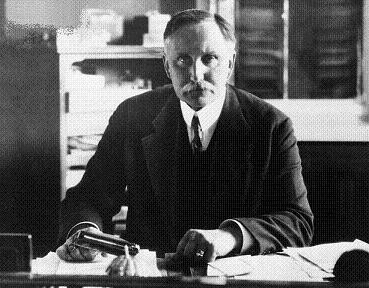
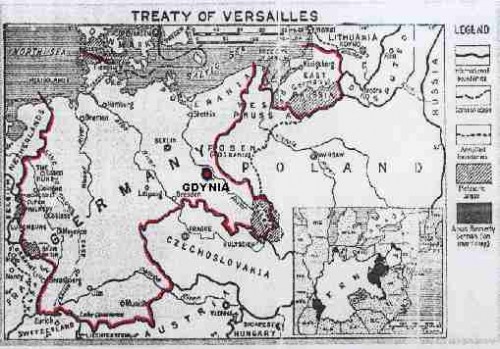
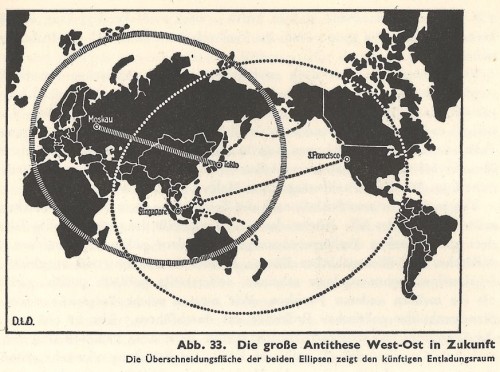
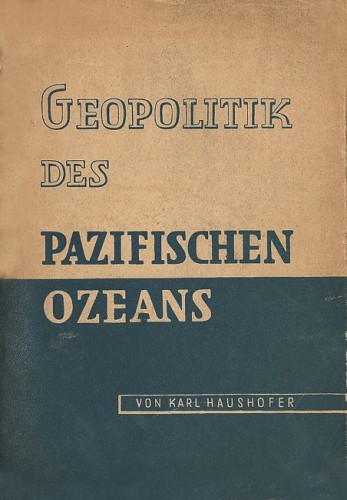







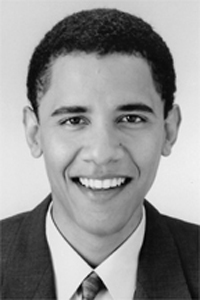
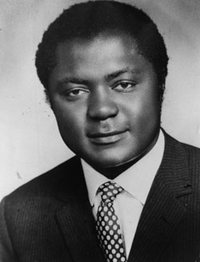
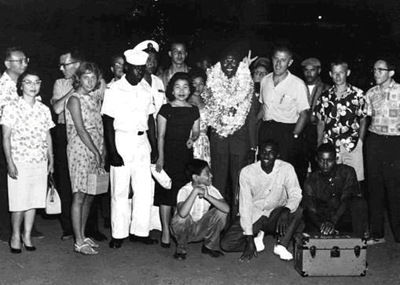
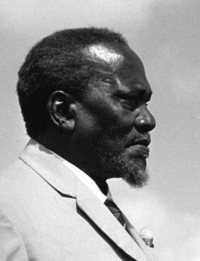
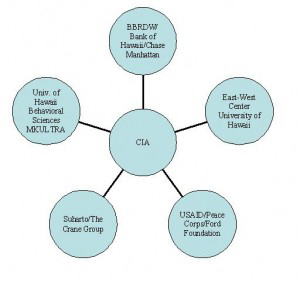
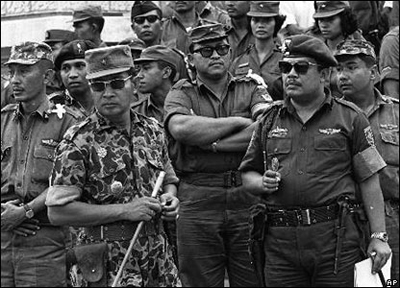
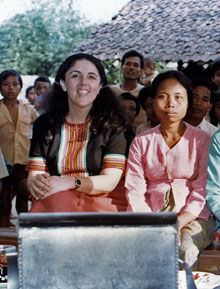
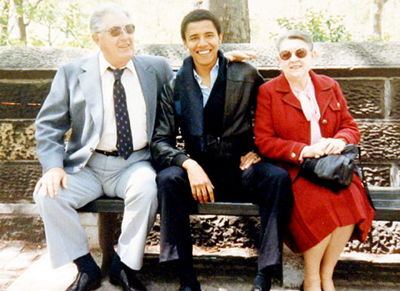






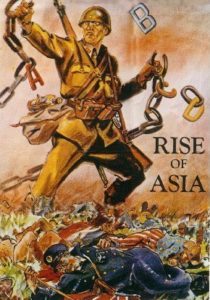

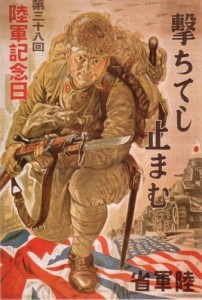
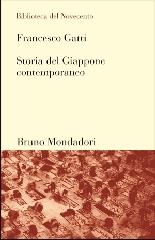
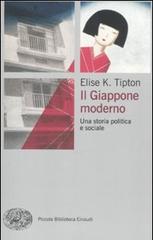

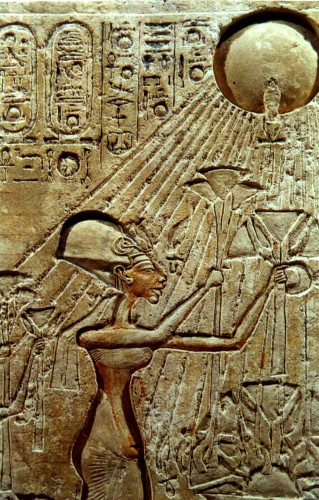 Savitri Devi demeure une figure énigmatique dans l’histoire récente. Elle est probablement le mieux connue comme la « prêtresse d’Hitler »,[1] une partisane farouchement impénitente de l’Allemagne nationale-socialiste, et portée au mysticisme. On se rappelle probablement d’elle de cette manière parce que cela nous permet de catégoriser ses idées. Si on se rappelle d’elle un jour, ce sera précisément à cause de l’absence de « mal pur » chez elle, cette étrange qualité qui est attribuée à d’autres figures nationale-socialistes dans le but de les rejeter. Le paradoxe qu’elle incarne, celui d’une nazie déclarée et aimante, est trop incompréhensible pour que certains puissent même l’examiner.
Savitri Devi demeure une figure énigmatique dans l’histoire récente. Elle est probablement le mieux connue comme la « prêtresse d’Hitler »,[1] une partisane farouchement impénitente de l’Allemagne nationale-socialiste, et portée au mysticisme. On se rappelle probablement d’elle de cette manière parce que cela nous permet de catégoriser ses idées. Si on se rappelle d’elle un jour, ce sera précisément à cause de l’absence de « mal pur » chez elle, cette étrange qualité qui est attribuée à d’autres figures nationale-socialistes dans le but de les rejeter. Le paradoxe qu’elle incarne, celui d’une nazie déclarée et aimante, est trop incompréhensible pour que certains puissent même l’examiner.
